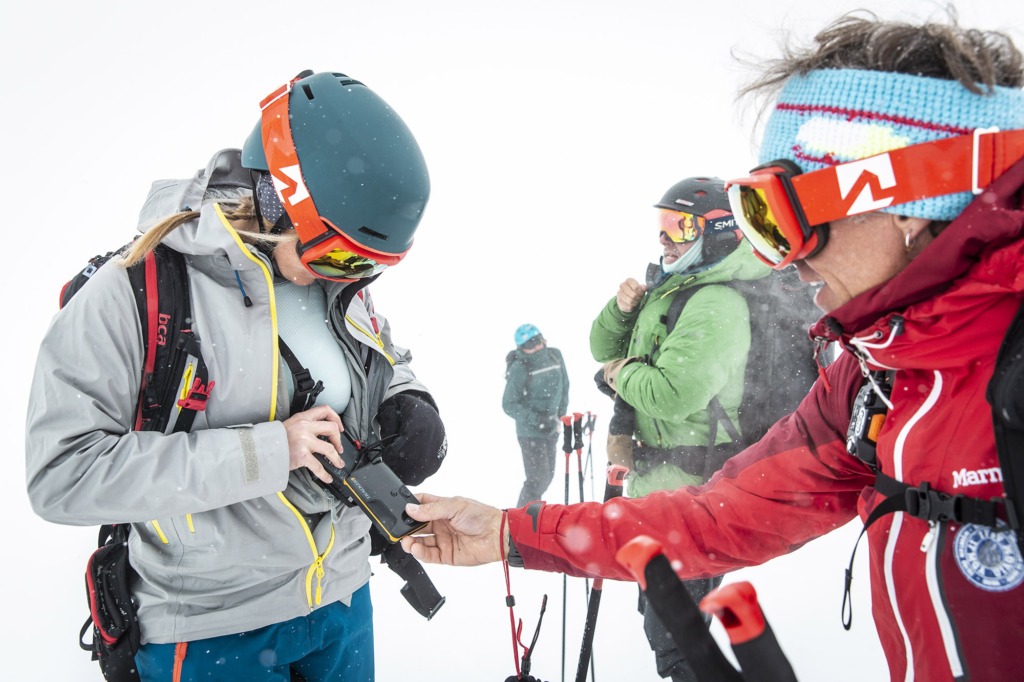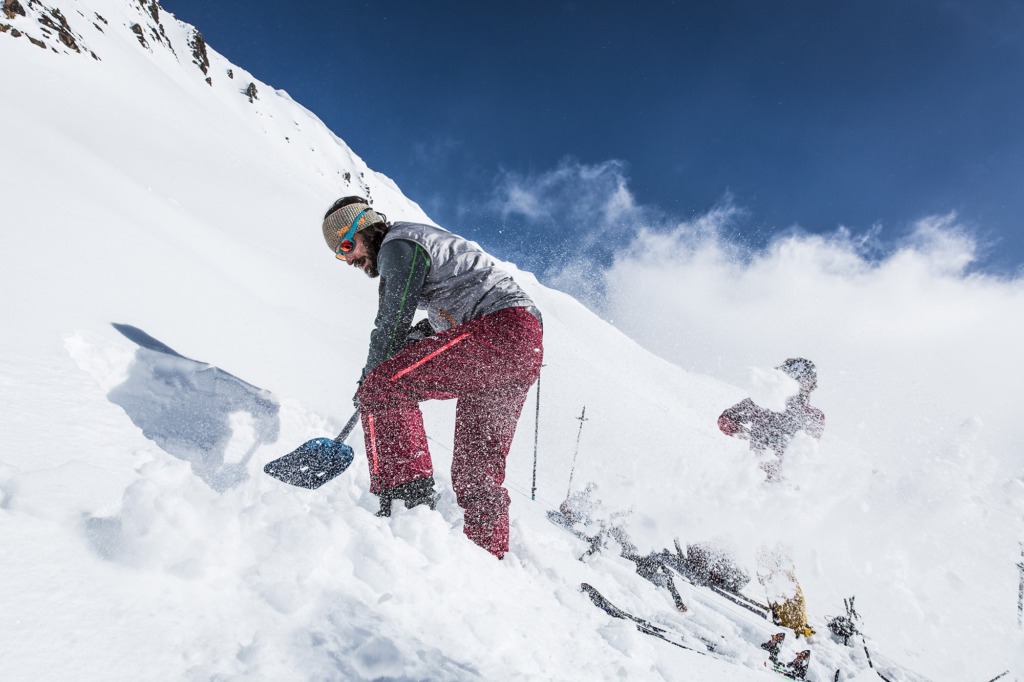Safety first – this equipment is mandatory!
everything you always wanted to know about gear
how to
Touring ski poles – best without straps!
Studies on the reduction of avalanche hazards also point to pole straps. Studies have shown that the touring pole with a basket functions like an anchor and people with hands …
Ski touring skins – what to do with sticky snow?
Ski touring skins what to do with sticky snow? Moisture causes snow to stick to the base of the climbing skin. It is therefore essential to avoid “wetting” the skin …
Are you well prepared?

